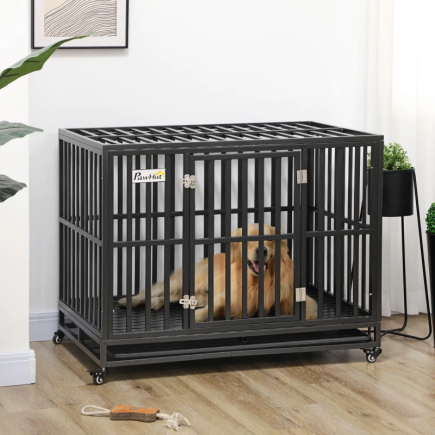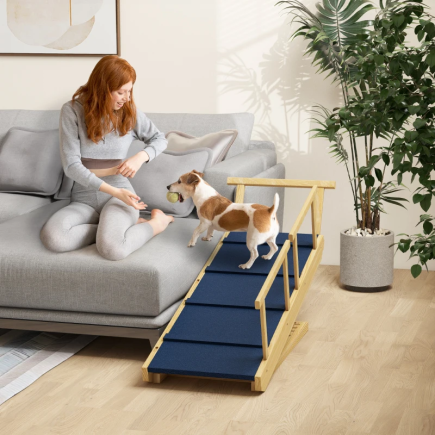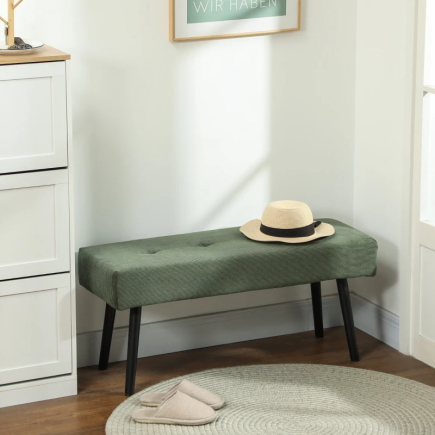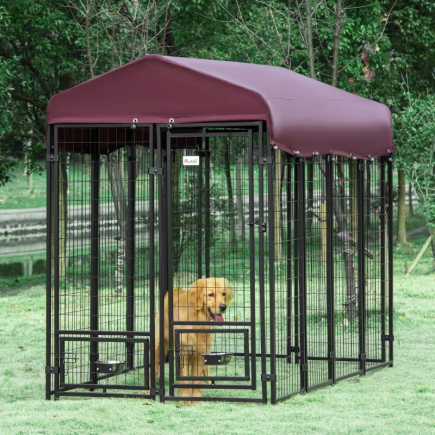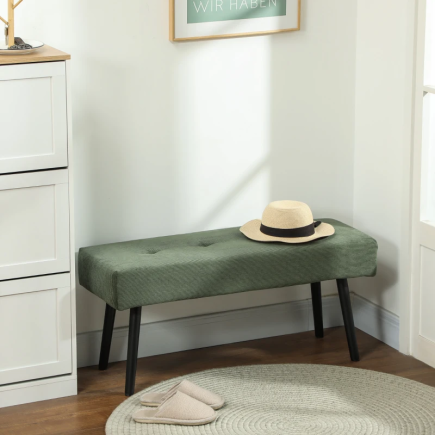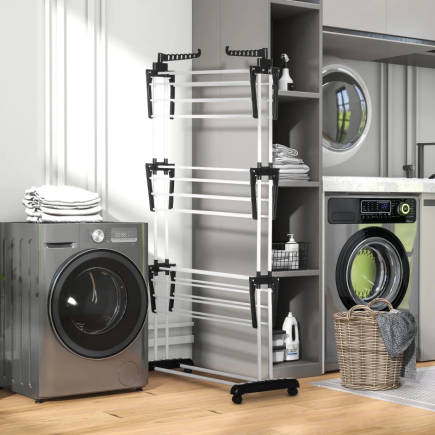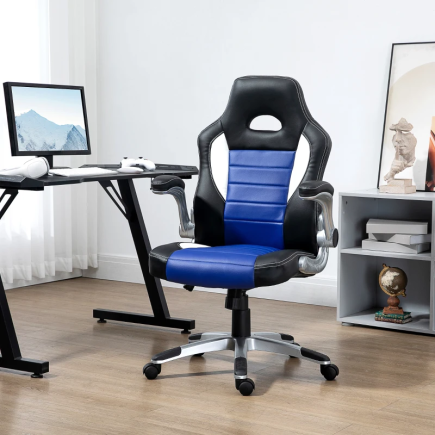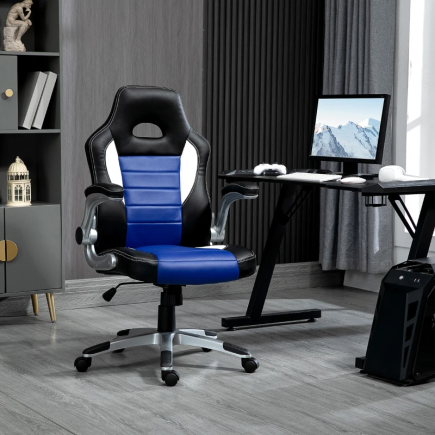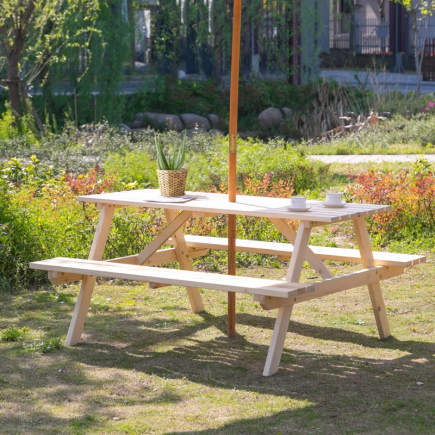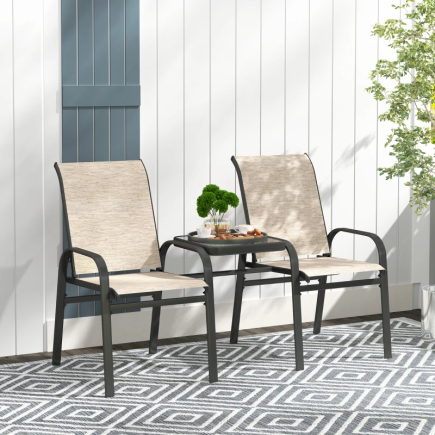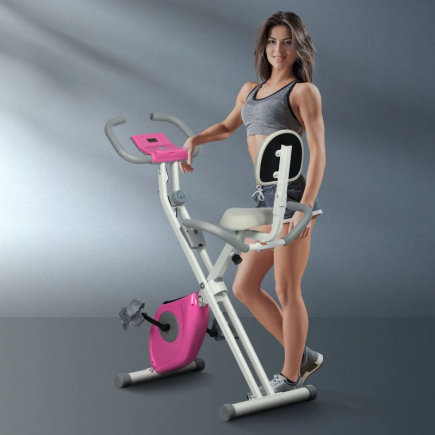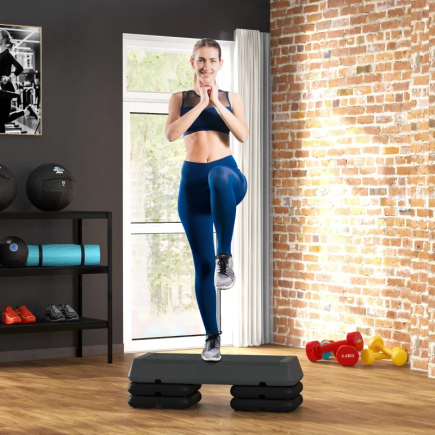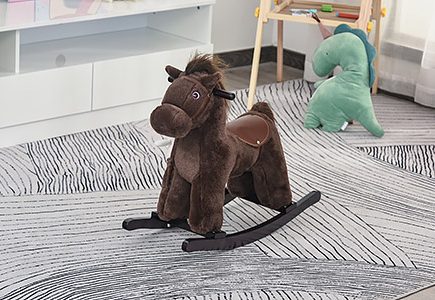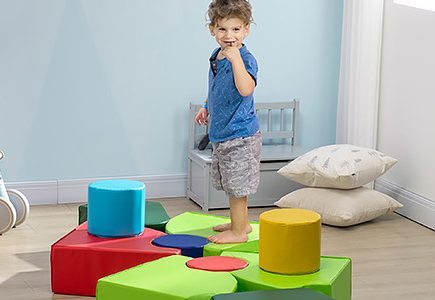
Converting a twin bed into a daybed is one of the simplest ways to refresh a space without replacing furniture. The goal is to make your twin bed look and feel like a sofa by adjusting the frame setup, mattress presentation, and styling details. Whether you want a reading corner, guest seating, or a small-space lounge, this guide gives you a complete, practical process with realistic steps and details that work in any room.
1. Start with the Right Frame

A daybed needs a frame that looks open, balanced, and stable. Most twin beds already fit the size requirements, but the style of the frame makes all the difference.
Look for these essentials:
- A platform or slat frame instead of a bulky box spring.
- Height between 10–14 inches, which aligns with sofa proportions.
- A simple, straight-edged design that can sit against a wall.
Frame Options:
| Frame Type | Key Advantage | Best For |
| Metal platform | Sleek, modern, and lightweight | Minimal interiors |
| Wooden slat | Warm, sturdy, and adaptable | Classic rooms |
| Storage base | Adds hidden storage drawers | Small apartments |
If your bed has tall headboards or footboards, consider removing or shortening them to give a uniform, horizontal line. This creates a sofa-like shape right from the start.
2. Position the Bed Correctly
The placement of your bed defines how it functions in the room. The most effective approach is to push the long side of the bed against a wall, giving it an instant backrest for cushions.
Good positioning examples:
- Against a wall: Creates a natural sofa base.
- In a corner: Offers a double-backed effect perfect for compact spaces.
- Under a window: Turns the bed into a reading or lounge spot.
Leave open space in front for easy movement or a side table. If your bed doesn’t have a backrest, add a wall-mounted cushion panel or upholstered headboard for both comfort and structure.
3. Add Structure to Create the Daybed Frame

A true daybed look requires three visible sides, the back and two short arms. You can achieve this with minor adjustments rather than major carpentry.
Ways to add structure:
- DIY wood panels: Build low side and back panels using plywood or MDF. Paint or upholster to match the bed.
- Use existing parts: Cut an old headboard and footboard in half, attach to sides as arms.
- Removable sides: Use clip-on panels for temporary structure perfect for rentals.
Keep the side panels slightly lower than the backrest; that’s the proportion that defines a daybed visually.
4. Choose the Right Mattress and Base Layer

The mattress should serve both comfort and appearance. Any standard twin mattress (38” x 75”) will fit, but presentation is key.
Preparation checklist:
- Use a medium-firm mattress to keep the surface flat when used for sitting.
- Add a 1-inch foam or quilted topper for smoother edges.
- Cover it with a fitted slipcover or tight sheet to give a clean, sofa-like finish.
- Avoid bulky comforters or duvets; they create an uneven surface.
If your daybed is for everyday lounging, opt for a performance fabric or tightly woven cover that resists sagging and creasing.
5. Arrange Cushions for Comfort and Style

Cushions are what transform your twin into a real daybed. A balanced arrangement gives it both structure and comfort.
Recommended cushion layout:
- Three large Euro pillows (26×26”) for the back.
- Two or three medium pillows (20×20”) layered in front.
- One bolster or lumbar pillow across the center for alignment.
- Two corner pillows to frame the sides.
Tips for styling:
- Use firmer inserts at the back and softer ones in front.
- Keep cushion height consistent to form a straight back line.
- Stick to one color palette; neutral tones with one accent work best.
This layering creates visual depth while making the bed functionally supportive for sitting.
6. Select Fabrics and Textures Carefully
The texture and finish of your fabrics directly affect how convincing your setup looks.
Best fabric types:
- Linen or cotton blends: Natural, breathable, and crisp.
- Twill or canvas: Durable and holds shape.
- Velvet or chenille: Adds luxury and smoothness.
Color and texture strategy:
- Use neutral bases (white, beige, gray) to make the setup cohesive.
- Introduce a single textured or patterned cushion for variation.
- Avoid slippery fabrics; they don’t stay in place during seating.
A mix of matte and soft finishes adds visual richness without overwhelming the design.
7. Style the Surface and Finishing Layer

Once the structure and cushions are in place, refine the surface for a professional finish.
Steps for clean styling:
- Tucking in all fabric edges tightly clips or elastic bands can help.
- Drape a throw or runner horizontally across the middle.
- Add a low tray or small cushion stack to break the flat surface visually.
- Keep the number of accessories minimal to maintain a neat profile.
Pro tip: For a high-end look, use a tailored slipcover that fits snugly over both the mattress and frame, concealing any seams or hardware.
8. Treat the Base Area Properly
The bottom of the twin bed often exposes its true function. Concealing or enhancing it ensures the conversion looks finished.
Options for base treatment:
- Tailored bed skirt or wrap: Covers the frame and hides under-bed space.
- Uniform baskets or drawers: Great for practical storage and clean aesthetics.
- Exposed frame with finished legs: Works if your frame design is attractive, just ensure even spacing and level height.
Consistency is key. Whether you hide or highlight the base, it should look intentional, not leftover.
9. Add Functional Accessories Around the Daybed

A well-placed twin-daybed setup blends into the room naturally when complemented by minimal, practical accessories.
Consider adding:
- Small side table: Functions like a sofa arm for holding essentials.
- Area rug: Defines the seating zone and softens foot traffic.
- Wall-mounted light or floor lamp: Adds ambient light for reading.
- Wall décor or floating shelf: Fills space above without clutter.
When accessorizing, keep symmetry and scale in mind items should balance the proportions of the bed without overpowering it.
Maintain and Refresh for Longevity
Regular care ensures your twin-turned-daybed stays crisp and comfortable.
Maintenance routine:
- Vacuum weekly to remove dust from fabric surfaces.
- Wash slipcovers and pillowcases every 2–3 weeks.
- Rotate the mattress occasionally to maintain shape.
- Fluff or replace pillow inserts if they lose firmness.
- Refresh cushions and throws seasonally for color updates.
For convenience, choose machine-washable fabrics and removable covers wherever possible. This keeps the setup fresh without heavy maintenance.
Transformation of a Twin Bed into a Daybed
Converting a twin bed into a Daybed is an easy and practical way to refresh your space while maximizing its functionality. By focusing on the right bed frame, creating a comfortable mattress setup, and styling with well-placed cushions and fabrics, you can transform a simple bed into a chic, multi-functional piece.
Whether used as a cozy reading nook, extra seating, or a stylish lounge area, this transformation offers both form and function. With a few thoughtful adjustments and some ongoing care, your newly designed daybed will serve you beautifully for years to come.
FAQs
1. How do I adjust a twin bed frame to make it look like a daybed?
Look for a platform or slat frame that has clean lines, avoiding bulky box springs. Ensure the bed height aligns with sofa proportions (10-14 inches). If needed, shorten or remove tall headboards for a more streamlined appearance.
2. What is the best placement for my twin bed to create a daybed?
Place the bed against a wall or in a corner for a natural backrest. Under a window can also create a cozy reading nook. Ensure there’s open space in front for easy movement and side table placement.
3. How do I create a backrest for my daybed without a headboard?
Position your bed against a wall for a built-in backrest. Alternatively, attach a wall-mounted cushion panel or upholstered headboard to add comfort and structure. DIY wood panels or repurposed furniture parts can also serve as a backrest.

